What exists at the bottom of some of Colorado’s reservoirs might surprise you. To show you why, we’re highlighting some of the state’s long-forgotten towns that have been abandoned and flooded over the years.
We all know Colorado is a dry place, but you may not realize that the vast majority of the bodies of water you’ll find here are man-made. With purposes ranging from water storage to flood mitigation, many of the state’s creeks and rivers have been dammed up to create reservoirs.
Whether one of these reservoirs is a place you rely on for outdoor recreation or is just somewhere you pass by, it could be hiding a big secret. The process of creating reservoirs is always messy, and there’s an argument to be made that the long-term environmental impacts simply aren’t worth the benefits.
But the creation stories behind some Colorado reservoirs are far messier than others, featuring true tales of entire communities being intentionally flooded to make way for major engineering projects. Here’s a look at the underwater ghost towns in Colorado, in no particular order:
Dillon
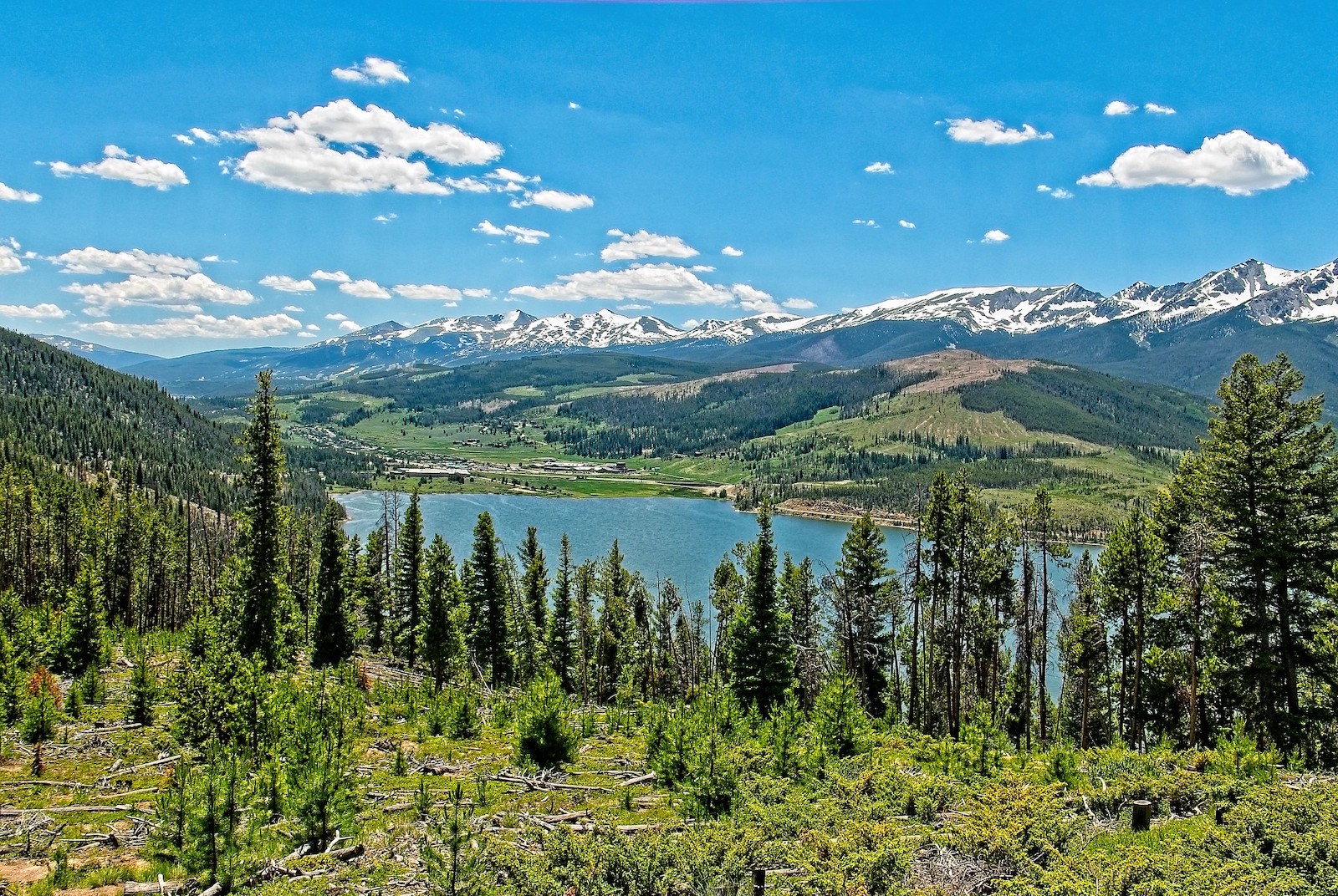
It’s safe to assume that most visitors enjoy boating, fishing, and camping around Dillon Reservoir without realizing that this sizable body of water is the product of human imagination and engineering and not something that occurs naturally. Surrounded by picturesque mountains and serene evergreen forests, the high-elevation lake is a near-perfect mountain destination that’s beautiful enough to win over visitors who aren’t fond of the outdoors.
Unlike some Colorado reservoirs, Dillon looks like it has always been there, but this isn’t the case. In fact, deep beneath the placid surface of the water sits what was once the largest town in Summit County, a community called Dillon that was home to more than 800 residents as recently as 1960, according to 9News.
By the early 1900s, the growing capital city of Denver knew it had a major water problem on its hands, so it sought solutions. City officials decided to dam the Blue River, and the Denver Water Board strategically purchased much of the land they needed during the Great Depression when residents couldn’t come up with the money to pay their property taxes.
The remaining Dillon residents were forced to sell their houses and leave by 1961. Some of the town’s buildings were moved to the new site, the community located today on the shore of the reservoir. Other residents and business owners didn’t want to deal with the cost and stress of moving their structures.
Some chose to rebuild in the new town, while others packed up and moved elsewhere. While any remaining evidence of the community vanished before construction of the dam began in 1961 when old Dillon’s remaining buildings were demolished, it’s fascinating to think that a decent-sized town was located here not very long ago.
Sapinero and communities under Blue Mesa Reservoir
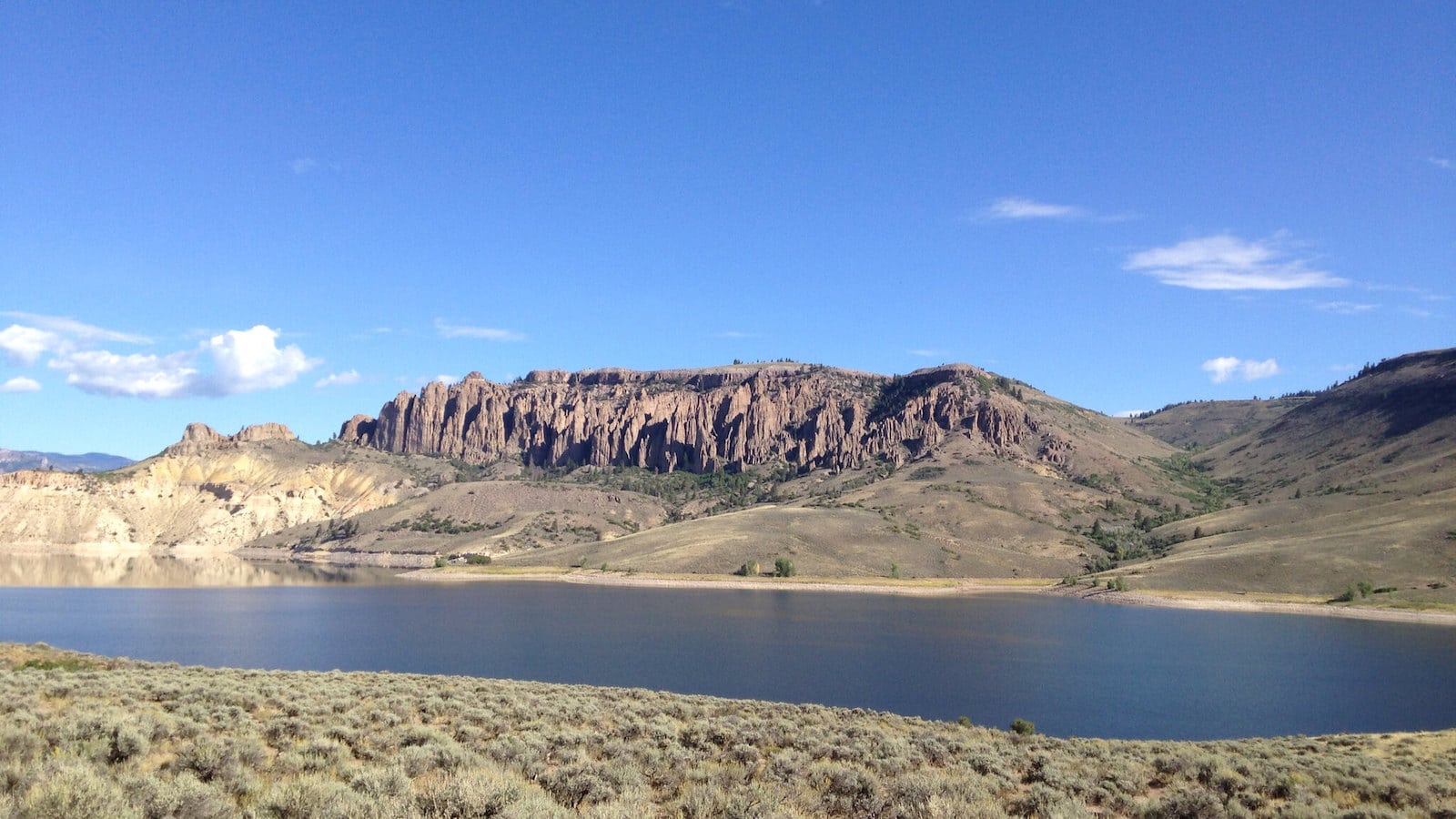
In the same decade that Dillon was flooded to make way for a massive reservoir of the same name, multiple towns, ranches, and fly-fishing resorts met the same fate in western Colorado. Located near Gunnison, Blue Mesa Reservoir is the state’s largest body of water, but not a natural lake. That title goes to Grand Lake, which sits in the north-central region of the state.
The Blue Mesa Dam was constructed in the 1960’s to generate hydroelectric power, and today the resulting reservoir is known as one of the top water sports destinations. It’s beloved for its impressive populations of lake trout and Kokanee salmon. However, creating this behemoth engineering project came at a huge cost to the local environment and the people who once called the area home.
According to Colorado Public Radio, three towns were flooded in the creation of Blue Mesa Reservoir. In 2018, one of the long-forgotten towns made international headlines when a severe drought hit the region and exposed some of its streets and structural foundations.
Waters plummeted to less than 40% of the reservoir’s capacity, and the town of Iola made an unexpected comeback. The remnants of its general store and the cement base of the local school’s flag pole reappeared in the mud. The bizarre situation served as a stark reminder of Colorado’s water woes and what the state has given up to serve its perpetually booming population.
According to the Denver Post, Iola was sacrificed along with Sapinero and Cebolla, two other ranching communities that used to call the area home. Sapinero is reported to have been the largest of the three towns.
Sopris and mining communities along the Purgatoire River
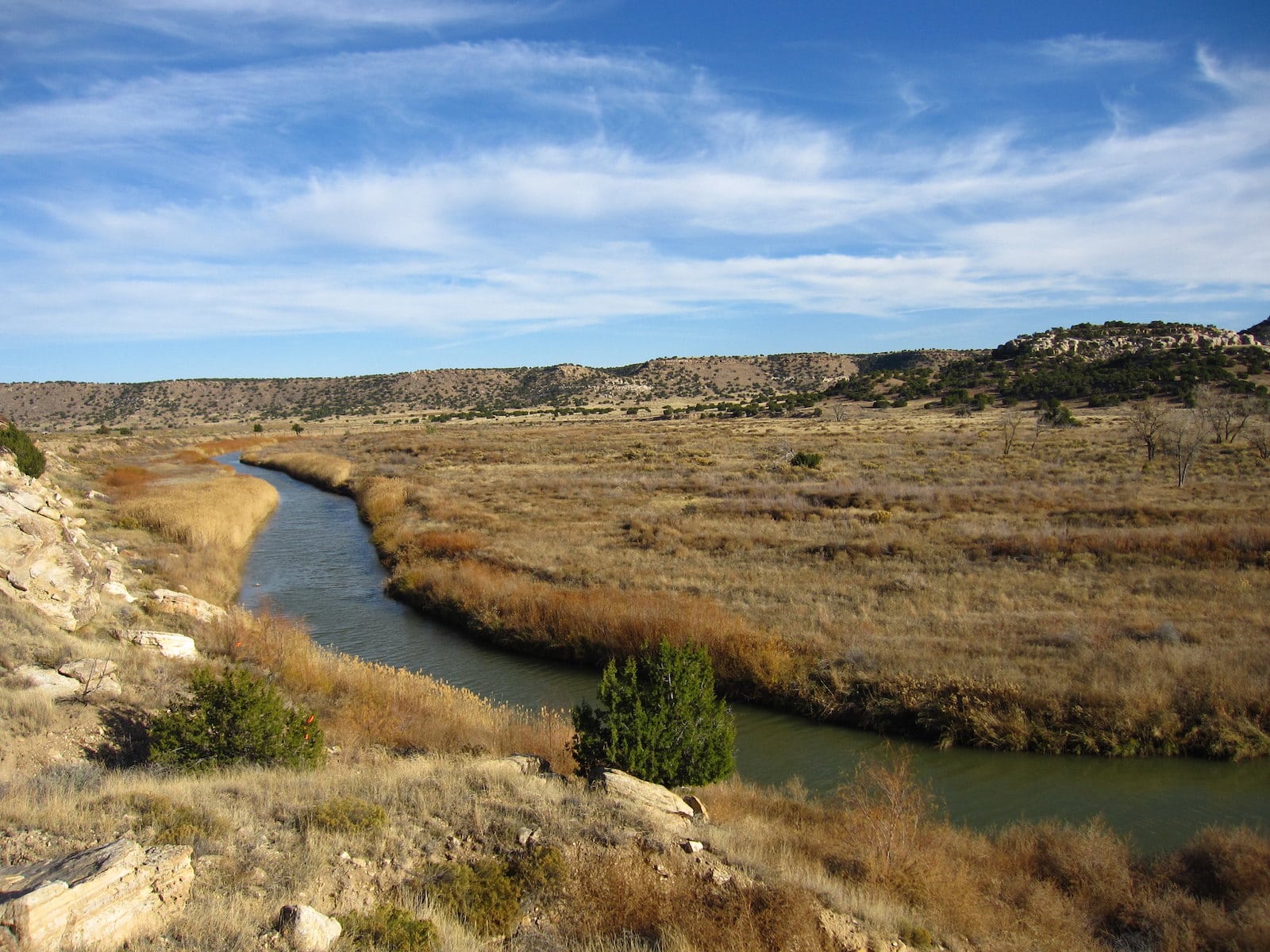
In southern Colorado’s not-so-distant past, several bustling communities including the town of Sorpis were located on the floodplain of the Purgatoire River near Trinidad. Along with the town of Trinidad, these communities were plagued by frequent flooding.
To mitigate the devastating floods, state officials devised a plan to construct the dam that would eventually make way for Trinidad Lake State Park. Residents and mining companies fought hard to resist losing their homes and businesses, but they were forcibly relocated in the 1970s and their structures were flooded.
While Trinidad was unaffected by the engineering project, Sopris and the surrounding mining communities are currently underneath the waters and are at risk of being forgotten.
Stout
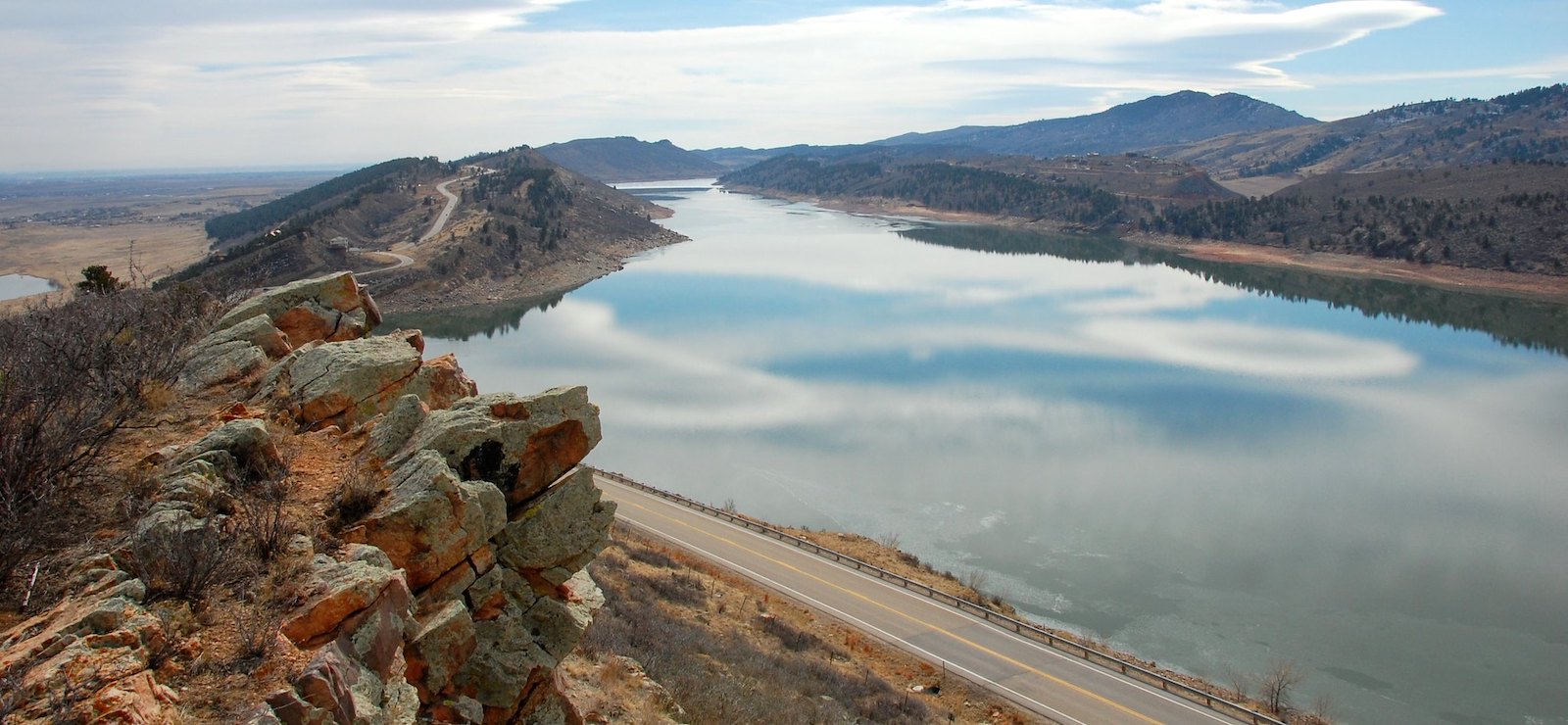
You’ve almost certainly never heard of the town of Stout, which currently sits at the bottom of the Horsetooth Reservoir, but if you’ve been to Denver you’ve probably walked all over its most notable export. Many of the sidewalks in Denver, Lincoln, and Omaha were constructed with sandstone sourced from the town’s quarries.
The World’s Fair buildings in Chicago were also built using the same material. Unlike many tragic situations of populated towns being forcibly abandoned or relocated to make way for reservoirs, Stout was a bona fide ghost town decades before it was flooded and promptly forgotten.
Montgomery
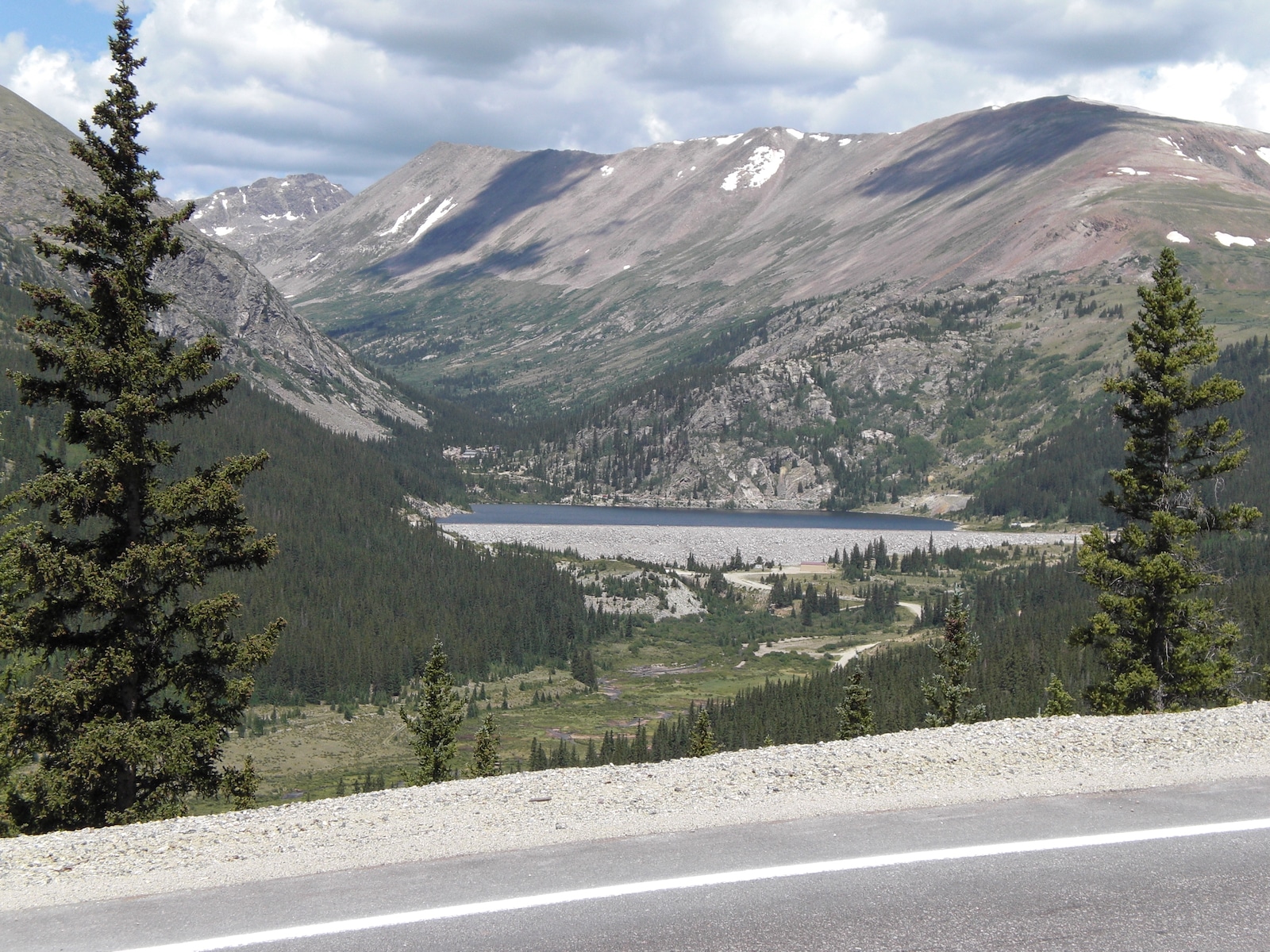
Located near the alpine community of Alma, Montgomery was once home to over 1,000 residents, multiple hotels, a dancehall, and 150 cabins during the state’s mining boom of the 1860s, 70s, and 80s. But when residents started to leave during the aftermath of the Silver Crash in 1893, Montgomery’s fortunes changed, and local officials were faced with a difficult decision.
The town as well as the land beneath it was sold to Colorado Springs, who decided the location was a perfect fit for a large reservoir. Today Montgomery Reservoir is known for being one of the prettiest bodies of water in the state, with crystal clear blue waters and a plentiful offering of rainbow trout.
Colorado is chock-full of fascinating ghost towns whether they sit beneath reservoirs or atop stunning mountain peaks. While you can access some but not others, you’ll never view some of the state’s reservoirs the same way when you learn about the flooded communities that paved the way for them to exist.

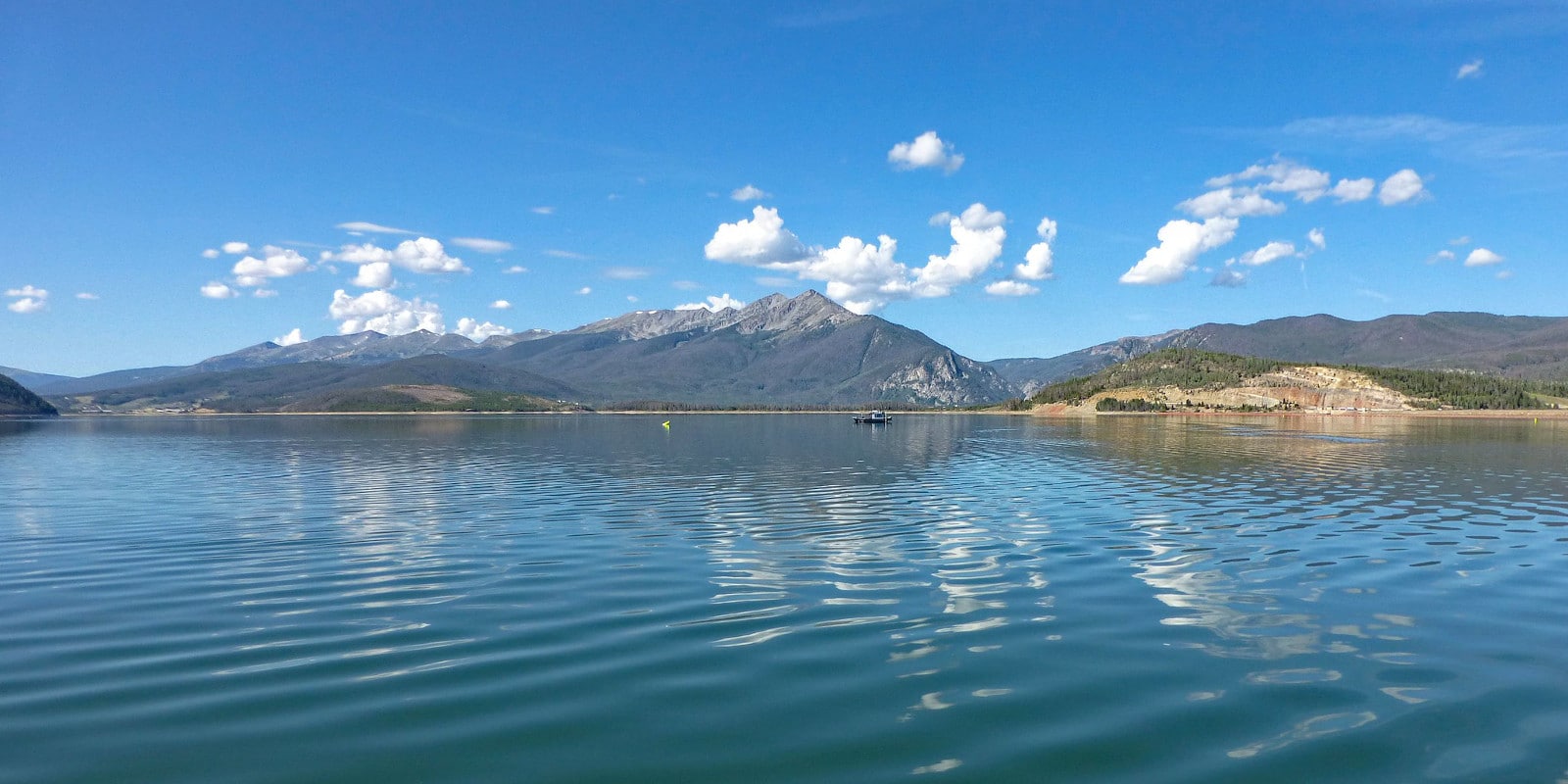
 The Ski Resorts in Summit County
The Ski Resorts in Summit County